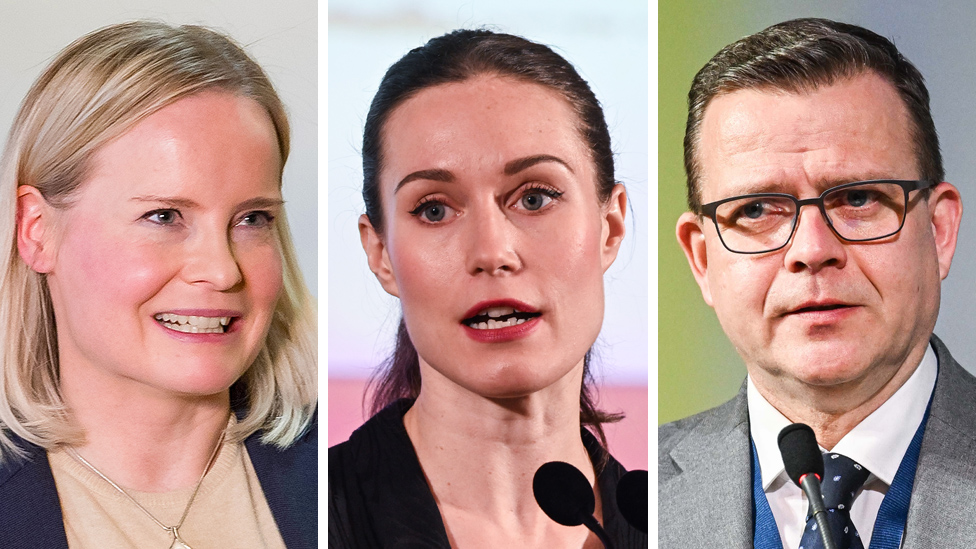Finland election: Three-way race as Sanna Marin fights for survival

Finns are voting in an election that is seen as a close battle between the center-left of Prime Minister Sanna Marin and right-wing populists, conservatives, and others.
Even though Finland has the longest border with Russia and is just a few days away from joining NATO, the conflict in the Ukraine has had minimal effect on the country’s political landscape. Instead, the economy has been the key issue in the election.
And Finns are making a significant decision for the future of their nation. The results of over 1.7 million advance ballots will be announced at 20:00 (17:00 GMT), when polls shut. Polls began at 09:00 (06:00 GMT). Right-wing opposition to Sanna Marin’s Social Democrats is the biggest threat.
Petteri Orpo’s conservative National Coalition Party is eager to build a coalition after four years of opposition, but the populist Finns Party may have its best chance to become prime minister ever.
Ms. Marin, now 37, made her debut four years ago as the youngest prime minister in history, leading a coalition of five parties that were all led by women. She continues to have strong poll numbers, but she is viewed as divisive and came under fire last summer when a video showed her singing, dancing, and intoxicating herself at a party surfaced.
“She has a substantial following outside her party,” says Vesa Vares, professor of contemporary history at the University of Turku.
The public debt of Finland and how the nation’s cherished welfare state may be financed in the future have been the main campaign issues.
Even though Sanna Marin claims the government had to spend heavily in reaction to Covid and neighbouring Russia’s invasion of Ukraine, the right has attacked her for raising the national debt.
According to Matti Koivisto, political correspondent for Finland’s public broadcaster YLE, worrying about the public finances is a quality unique to the Finns. But, the country is dealing with a structural issue due to an ageing population and a lack of workers to support it.
The southern region of Uusimaa, where 30% of the population resides, is where the labour shortage is most severe, and it is particularly serious in three of the biggest cities, Helsinki, Espoo and Vantaa.
Picture Courtesy: Google/images are subject to copyright
